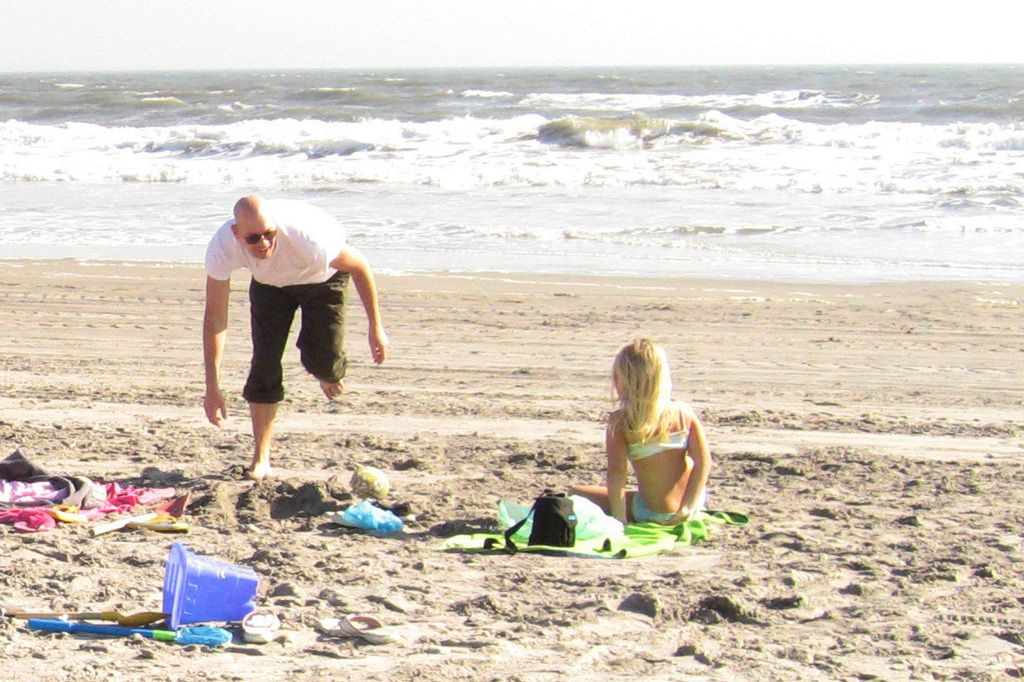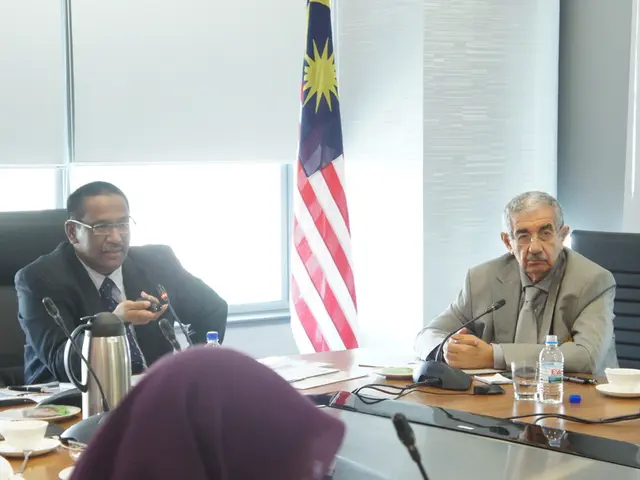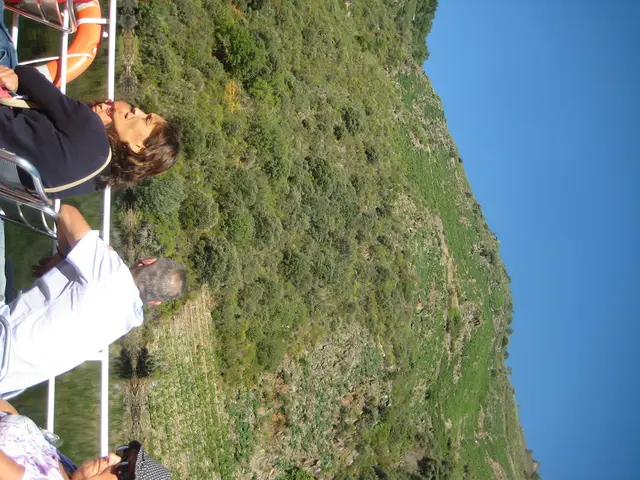Mastering the Art of Humor and Slang in CEE: Overcoming Challenges and Achieving Localization Success
The Unique Flavors of Humor and Slang in Central-Eastern Europe
Analyzing the Intricacies of Comedy and Informal Language in Media Adaptation across Central and Eastern Europe
Historical heritage, political undercurrents, and an unbreakable bond with national identity
1. The Mark of History on Humor
Polish humor characterized by a dark, satirical edgeCzech humor defined by self-deprecation and dry witHungarian humor leaning towards melancholy and sarcasmBulgarian humor built on political satire and playful cynicism
2. The Impact of Youth and Popular Culture on Slang
- Social media and the internet (memes, TikTok trends, gaming slang)
- Foreign languages (mainly English, but also German and Russian)
- Historical influences (pre- and post-communist linguistic shifts)
English Equivalents across Europe
- Polish: Spoko
- Hungarian: Király
- Bulgarian: Yáko
- Czech: Super
3. The Role of Dialects in Regional Distinctions
- Sofia, Varna, Kraków, Gdańsk
- Choose your words with care when addressing different regions
Barriers to Adapting Humor and Slang in CEE
1. Puzzles and Enigmas in Wordplay and Punning
- Double meanings, phonetics, or cultural references
The Linguistic Minefield
- A joke that relies on "knight" and "night" won't work in Slavic languages like Polish or Russian
- American pop culture references might be lost in translation
The Solution: Translation with Care
- Replace jokes with locally relevant alternatives
- Recreate humor using regional cultural references
2. Cultural and Political Sensitivity
- Offensive or confusing humor may be acceptable in some countries but not in others
Strategy for Adaptation
- Test jokes with native speakers for their understanding and reaction
- Incorporate cultural and political context when modifying humor
3. Challenges in Syncing Dubbing and Subtitling
- The translated joke must match lip movements and tone
- Concise and easy-to-read subtitles make humor more effective
The Solution: Dedication to Excellence
- Hire experienced linguists and audio engineers
- Optimize timing for synchronization
4. Updating Slang to Stay Current
- The slang of TikTok, YouTube, and online gaming communities are constantly evolving
Staying Informed and Ahead of the Game
- Monitor pop culture trends and social media platforms
- Work with local agencies that specialize in modern language
Overcoming Barriers and Achieving Successful Localization in CEE
1. Cooperate with Natives and Cultural Professionals
- Cultural Nuances: Deep understanding of regional dialects and traditions
- Local Partnerships: Collaborate with native agencies who live and breathe CEE markets
2. Recognize the Local Cultural Context
- Regional differences in humor styles and regional preferences
- Being aware of historical and social context
3. Develop Precise Translation Guidelines
- Content goals and tone
- Important terms
- Cultural "Don'ts"
4. Adapt, Don't Just Translate
- Cultural adaptation: Tailor content to each target market's preferences
- Local slang: Use contemporary, regionally relevant equivalents
5. Launch, Test, Improve
- Audience testing: Gather feedback from the target audience
- Iterative refinement: Adjust content based on feedback
The Key to Victory
- Involve native experts
- Understand the cultural context
- Use detailed briefs
- Adapt, don't just translate
- Test and iterate for success.
- To fully capture the essence of Central-Eastern European humor and slang in 'fashion-and-beauty' content, it's crucial to consult with local experts and understand the cultural nuances that exist between cities like Sofia, Varna, Kraków, and Gdańsk.
- When venturing into the 'food-and-drink' sector, one should be mindful of the historical and social context shaping regional preferences and dialects, ensuring a more authentic localization experience.
- In dealing with sensitive topics like 'relationships' and 'education-and-self-development', it's essential to cover regional differences in cultural perspectives and traditions, ensuring that the content is both engaging and culturally appropriate.
- For 'travel' content that inspires and informs, incorporating locally relevant slang and dialects from Central-Eastern Europe will help create an authentic and engaging experience that resonates with the readers, immersing them in the local 'lifestyle'.




